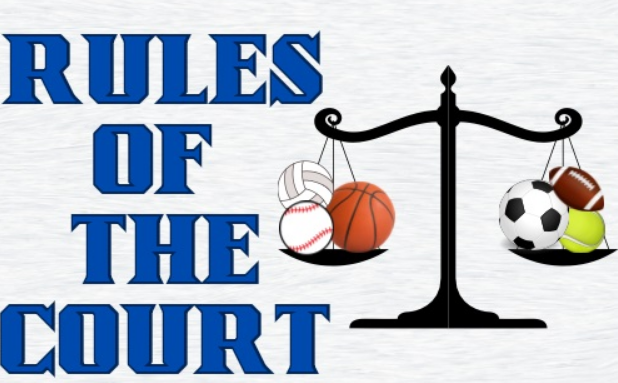“Post-truth” means people believe that appealing to emotions and personal ideas may be more important than objective facts.
The first five chapters of Lee McIntyre’s [1] Post-Truth dived into different forms in which post-truth has evolved and still exists in today’s society. From 1) the definition of post-truth; to 2) the explanation of science denial as the road map for understanding post-truth (the “tobacco strategy” and the API action play); to 3) the roots of cognitive bias – and the various biases that shape our perception and misperceptions about science (including the backfire effect, the Dunning-Kruger effect, confirmation bias, and cognitive dissonance); 4) the rapid decline of traditional media (the blur lines between traditional media and alternative media, and Americans’ trust in the mass media, which has now sunk to a new low: from a high of 72% in 1976 in the immediate aftermath of the Watergate crisis and Vietnam, it has now dropped to 32%); and 5) the rise of social media and the problem of fake news (the rise of social media as a news source blurred the lines even further between news and opinions).
Nowadays, truth has not been reformed or questioned – it has just become secondary. People no longer believe in objective facts, they only believe in their feelings and want to hear and see what they feel comfortable with. Lies, rumors, and misinformation are widely circulated on the internet, reducing the significance of truth daily. Compared with mainstream media, netizens (internet users) are more willing to trust each other (members of the same ideology community). People tend to ignore information if there is evidence that contradicts their own position. Ironically, the cost of knowing the truth is still very high in this internet age, where people have immediate access to reliable information for those who bother to search for it. People now avoid facts that do not ally with their beliefs and follow, believe, and share “facts” that align with their interests. Emotions seem cheap and seem to satisfy people’s cognitive biases, rendering facts naturally less important.
Question
My question after this reading is: Will the problem of “news silos” that feed polarization and fragmentation in media content be reduced (thereby reducing post-truth) if we do not have the rise of social media?
I believe that post-truth results from scientific findings being openly questioned by legions of nonexperts (sometimes even experts) who disagree with them. To me, the basis of this is the occurrence of conflicts of interest, be it financial, economic, religious, sociocultural, or even political. Unfortunately, people in this category are sometimes closed-minded and blind to their self-interests. Sometimes, they suffer from news silos because they constantly receive their information from one source, suffer from one or multiple cognitive biases, or deny the science behind the truth because of their conflicts of interest.
Social media only promotes “post-truth.” Social media gives people the right to speak and stimulates the demand for information dissemination. Social media has released people’s desires and met people’s needs for information dissemination, opinion expression, and social interaction that could not be achieved in the age of traditional media. In this social media age, people tend to have fixed opinions, and people with the same views and interests form an online community. The online community considers interests, opinions, emotions, values, etc., standard norms, and is mutually connected. Media platforms use algorithmic mechanisms to produce and push information accurately, satisfying user personalization and community-based information interests and needs and strengthening the community’s beliefs. This form of social dissemination will likely make community members live in the loneliness of information (or news silos), enhance their various cognitive-based prejudices, and become a driving force for aggravating “post-truth.”
Some examples of the effects of social media aggravating “post-truth” include the problem of violence against the Rohingya Muslims in Myanmar, fostered by Facebook’s controversial role in facilitating hate speech and disinformation in the country [2], and COVID-19-related baseless claims, fake news, misinformation and conspiracy theories related to COVID-19 vaccines [3].
In conclusion, the changes in the form of communication brought about by the upgrade of information technology have shaped the post-truth context. A large amount of information is generated, and opinions are diversified. Driven by algorithms, they are accurately transmitted to highly differentiated target groups. With the empowerment of technology, users can also accurately locate, extract, and absorb specific content in the vast information flow and complex concepts. The possible consequence is that users are gradually involuted in their individual tastes and preferences, which invisibly promotes the emergence of users with homogeneous concepts, creates an echo chamber of ideas, and hinders the transmission of heterogeneous ideas.
Works Cited
- McIntyre, L. (2018). Post-truth. MIT Press.
- Parmet, W. E., & Paul, J. (2020). COVID-19: The First Posttruth Pandemic. American Journal of Public Health, 110(7), 945–946. https://doi.org/10.2105/AJPH.2020.305721
- Whitten-Woodring, J., Kleinberg, M. S., Thawnghmung, A., & Thitsar, M. T. (2020). Poison if you don’t know how to use it: Facebook, democracy, and human rights in Myanmar. The International Journal of Press/Politics, 25(3), 407-425.
Kehinde Bolu Adesina, a graduate of the University of Illinois, Springfield, holds a Master of Arts Degree (MA) in Communication. From August 2021 to May 2023, he served as the Multimedia Editor for The Observer. Over the years, his research has been dedicated to upholding the tenets of quality journalism, fostering informed public discourse, fortifying democratic foundations, and nurturing a more knowledgeable and resilient society, with a keen focus on countering disinformation, misinformation, conspiracy theories, and post-truth narratives in the digital landscape.








